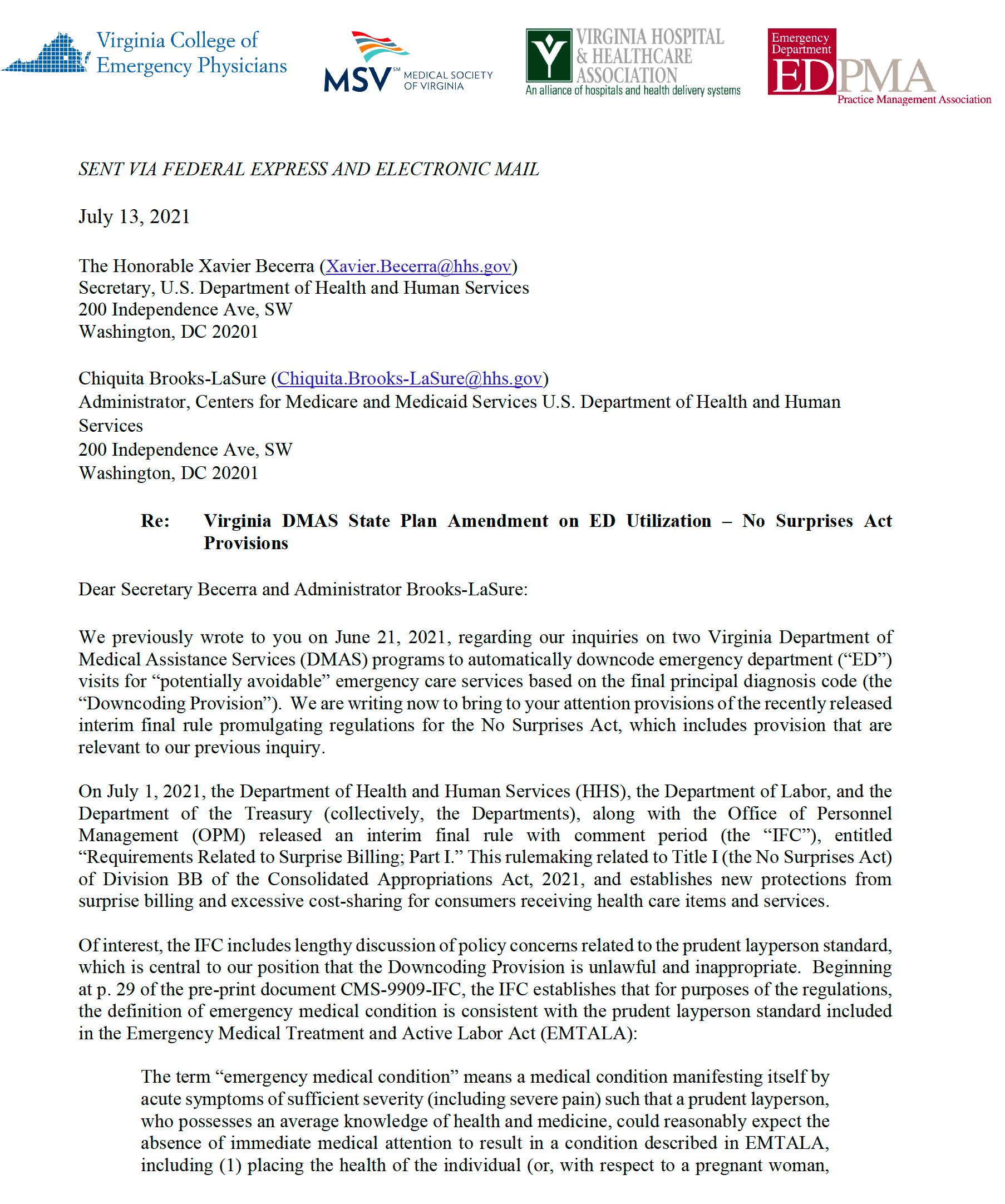Dr. Pamela P. Bensen can reflect on a groundbreaking legacy in the still relatively young field of emergency medicine.
Bensen’s new book, “Physician’s Documentation Prescription,” shows physicians the proper terminology when detailing patient diagnoses, so the proper ICD-10-CM code can be applied to accurately reflect how sick the patient is. It’s available on Amazon.
Bensen, a charter member of the American College of Emergency Physicians, was the first intern and first woman resident in emergency medicine back in 1971.
She developed the first emergency medicine group and the first paramedic training program in Maine. In the 1980s, she was among the first to use data analysis to improve emergency department clinical care. ACEP even honors her pioneering work by awarding the annual Pamela P. Bensen Trailblazer Award.
Now Bensen, the first woman to serve on ACEP’s national Board of Directors, is showing other physicians (emergency or otherwise) how to deal with a vital and vexing issue: correctly documenting their findings from patient visits.
That guidance is included in her new book, “Physician’s Documentation Prescription,” which shows physicians the proper terminology when detailing patient diagnoses, so the proper ICD-10-CM code can be applied to accurately reflect how sick the patient is.
It’s a book “written by a physician for physicians,” she says, one that’s tailored to doctors who want to translate their diagnoses onto patient medical records with the right ICD-10-CM codes used to authorize treatments, bill for medical services, and make referrals. Though she retired in 2015, she still works to stay current on coding and educate attendings (emergency medicine or otherwise).
Bensen at ACEP’s 2017 Leadership & Advocacy Conference.
The book reflects Bensen’s vast experience as an emergency physician well-versed in how to correctly document her findings about a patient’s health needs. It’s the kind of insight that can be scarce at medical schools, which are focused less on coding and the finance of healthcare, and more on medical terminology, medications, and providing care.
Bensen says the book has been met by a sense of relief from physicians struggling with the daily grind of finding the right medical terms to document patient visits, a routine that when done incorrectly leads to time-consuming queries from Clinical Documentation Integrity staff.
“When you see a physician ‘get it,’ they are relieved. They are tired of being asked questions they didn’t understand by the CDI specialists,” Bensen says. “When physicians understand what is being asked of them and see how easy it is to provide the answer to the CDI queries, they are anxious to learn how to avoid these queries in the future.”
As part of the effort, she created a helpful mnemonic, “ALL SET DOC,” to walk physicians through the nine elements of proper Diagnosis documentation.
Acuity: Acute on chronic, acute, chronic
Links to Etiology, Comorbid Conditions , Complications and findings from the Occurrence
Laterality
Site: GPS of the human body
Etiology: cause of the Diagnosis
Type: of diabetes, cancer, etc.
Diagnosis: not signs and symptoms
Occurrence: (signs, symptoms, test results - details of this specific patient-physician encounter, such as abnormal blood pressure, chest x-ray result, etc.)
Comorbid Conditions/Complications
Run through the ALL SET DOC mnemonic as a check, and physicians should cover all the terminology elements for a coder to select the most accurate ICD-10-CM code.
Documentation and coding isn’t just a matter of paperwork. In a field where only half of emergency room patients pay for services that providers are legally required to give, proper documentation is the key to unlocking revenues that allow hospitals and emergency departments to continue providing vital care, Bensen says. She recalls once explaining ICD-10-CM documentation to a veteran surgeon who, in the middle of her training, left the room to immediately go visit several patients’ hospital rooms to correct their charts.
If Diagnosis documentation (and thus the resultant coding) is done improperly, the insurance companies can deny the claim so, when permitted, the patient has to be billed. “Then, the patient is stuck with a bill they often cannot pay, even though they have insurance, all because the physician didn’t know the right words to write,” she says.
Bensen loves the ICD-10-CM’s logical layout, too. It’s a format she became familiar with while creating an e-learning course for coders while recovering from two knee replacements in 2010. (She also did a stint, for fun, designing modular homes, including the one she built and lives with her husband in South Boston, Va.)
“I have always been interested in documentation. When I ran my own emergency physician group, I got my coder to teach me the documentation issues, so I could teach my colleagues,” Bensen says. “Emergency physicians are indentured servants to the healthcare system, and about half of our care is never paid. For emergency medicine to continue to exist, we and our hospitals must appropriately and correctly document and code to be paid for the care we provide.”




